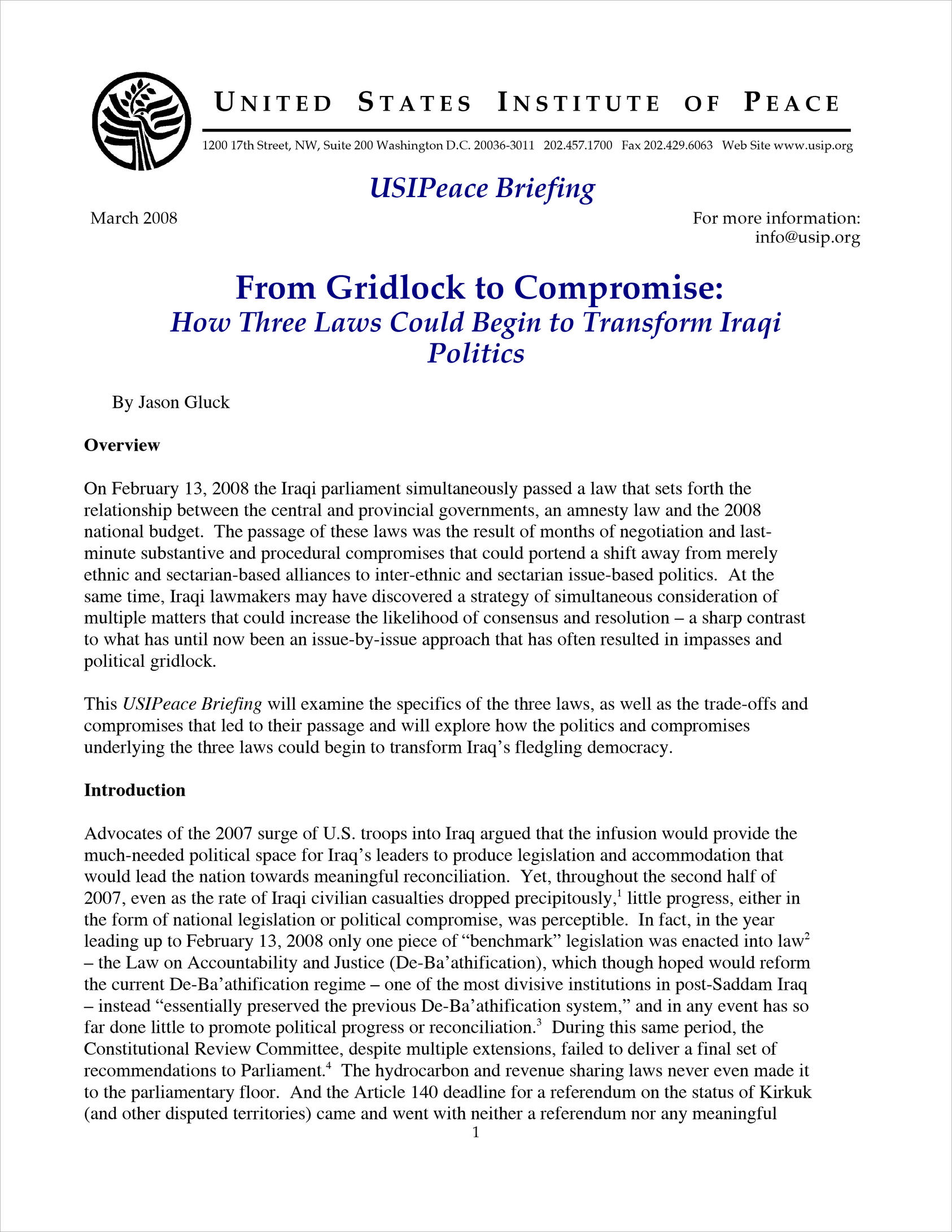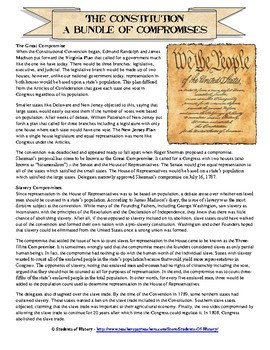The United States Constitution is a document that outlines the laws and principles that govern the nation. It is a document that has been amended and amended again over the years, reflecting the changing needs and values of the country. At its core, however, the Constitution is a bundle of compromises. These compromises were necessary to bring together the diverse group of states and people that make up the United States, and they continue to shape the way that the country is governed to this day.
One of the most significant compromises in the Constitution was the Great Compromise, also known as the Connecticut Compromise. This compromise was reached during the Constitutional Convention of 1787, and it helped to resolve the disagreement between the small states and the large states over representation in Congress. The small states were concerned that they would be outvoted by the larger states in the new federal government, while the large states were worried that they would be overpowered by the smaller states. The Great Compromise resolved this disagreement by creating a bicameral legislature, with the House of Representatives based on population and the Senate equally representing each state. This compromise allowed the small states to have a greater say in the federal government, while also giving the larger states a greater influence through their larger representation in the House.
Another important compromise in the Constitution was the Three-Fifths Compromise, which dealt with the issue of slavery. During the Constitutional Convention, the southern states argued that they should be allowed to count their slaves as part of their population for the purpose of representation in Congress. The northern states, on the other hand, opposed this idea because they believed that it would give the south too much power in the federal government. The Three-Fifths Compromise was ultimately reached, which allowed the southern states to count three-fifths of their slave population for representation in Congress, but not for taxation purposes. This compromise helped to maintain a balance of power between the north and the south, but it also had significant consequences, as it helped to entrench slavery in the United States and ultimately contributed to the Civil War.
There were also many other compromises in the Constitution, including the Commerce and Slave Trade Compromise, which prohibited Congress from interfering with the international slave trade for a period of 20 years, and the Electoral College Compromise, which established the system for electing the President and Vice President. These compromises, and others like them, helped to bring the diverse states and regions of the United States together and create a more cohesive and functional federal government.
In conclusion, the Constitution is a bundle of compromises that were necessary to bring together the various states and people that make up the United States. These compromises have shaped the way that the country is governed, and they continue to have an impact on the country today. While some of these compromises, such as the Three-Fifths Compromise, have had negative consequences, they were necessary to create a balanced and functional federal government that could represent the needs and interests of all the states and regions of the country.







